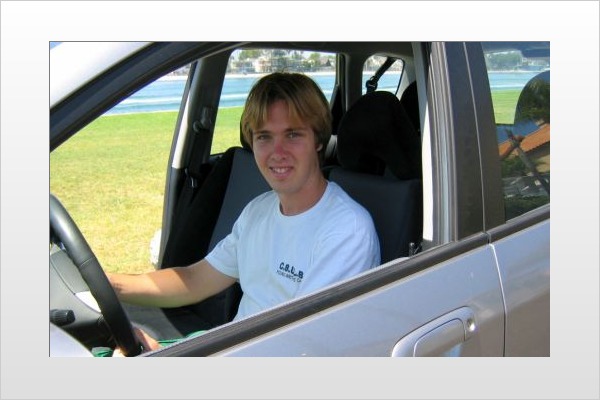
When my father told me I should learn to drive a stick shift, I felt overwhelmed by the task he was suggesting. I knew that if you didn't use the clutch correctly, you could stall the car and get stuck in traffic; worse, in the middle of a busy intersection. Hearing others complain about how hard it is to learn only reinforced my fears. I kept insisting I didn't need to learn, since stick-shift cars are becoming more uncommon all the time.
But then my father told me, "You're not a real driver until you can drive a stick." That made it a challenge I couldn't turn down. After all, I've been into cars my whole life, collecting models and drawing pictures of SUVs and convertibles. And now that I was 17 and had my learner's permit, here was my chance to actually drive the cars I've always admired.
Advantages of a Standard Transmission
With all the hassle of learning this skill, you may wonder: "Why do I need to learn to do this? This is so complex, and there aren't even that many of these cars left, so why bother?"
First of all, those who really love cars — racecar drivers, driving enthusiasts, sports car fan boys — know that driving a stick-shift car provides more driving pleasure once you master it. When you are driving a stick, you are truly in touch with the car; you're connected to the road in a way that you never could be driving an automatic.
There is also a real pleasure in shifting the car yourself, perhaps because all those muscle cars of the '50s and '60s were stick shifts. Not only that, but manual-transmission cars get better fuel economy and are also cheaper to buy, roughly $700 less than a car with an automatic.
What Is a Clutch?
When you step on the clutch pedal, it disconnects the engine from the wheels. This allows you to shift gears or bring the car to a complete stop. Once stopped, you can also put the car in Neutral by moving the stick to the space between gears, called "the gate." Then, if you let the clutch out in Neutral, the car won't move or stall. Here's more information about how a clutch works with some helpful illustrations.
Getting Started
To get started, you need a good teacher, a car and the right place to drive. Pick a teacher who is patient, possibly a parent or relative, and someone who knows the car. You should also use a vehicle that has an easy clutch — one that doesn't engage too suddenly. I used our family's 2007 Honda Fit Sport because it was the only manual-shift car that was available. (Fortunately, it has a "forgiving" clutch — one that's easy to learn to drive.) Finally, you need to find a place to practice with no traffic, perhaps an empty parking lot or a deserted road.
Learning to go from standstill to about 15 mph in 1st gear is the hardest part. It requires gradually letting out the clutch while depressing the accelerator until you get moving. If you master this one move, the hardest part of the whole lesson, everything else is pretty easy.
Let's go through the process:
If you do these steps correctly, the car will smoothly take off. While you are practicing, a lot of things might happen. The car could lurch forward and then begin to "buck" by jumping forward in little hops. Or, of course, you might just stall the car altogether.
The trick is to let the clutch out to the engagement point quickly and then more slowly from there. The only way you can know where this engagement point is, is by getting a feel for the car.
Tips for Learning To Drive a Stick
Here are some things that helped me, and can help you learn to drive a stick shift:
Learning to drive a stick shift is not the easiest thing in the world, and people make mistakes. Since there are many components to a stick shift, you can easily make a mistake somewhere or forget to do something.
Stumbling Blocks
Common mistakes that people make (especially me) include:
It's important not to be discouraged if you make any of these errors while learning. You'll probably make them a lot. No worries. It happens with beginners, and even experienced drivers mess up occasionally.
More Reasons To Learn
So if saving on fuel and enjoying the pleasure of real driving aren't reasons enough for you to learn how to drive stick, consider this: Your car may not be a stick, but someone else's may be and you may have to drive it some day.
Recently, my brother took one of his friends to the train station, and the friend asked him to drive the car back home. Then the guy remembered that his car was a stick shift and asked my brother, "Can you drive a stick?" My brother proudly answered "Yes." He, too, had gone through the trouble of learning to drive a stick.
You might not encounter that kind of situation, but if you do, it would be valuable to have the proper skills to handle whatever life throws at you.
Extra Credit
For info on how not to drive stick, check out "Busting the Myths of Driving a Manual Transmission". And to learn an advance driving technique, read "How To Heel-and-Toe Downshift".